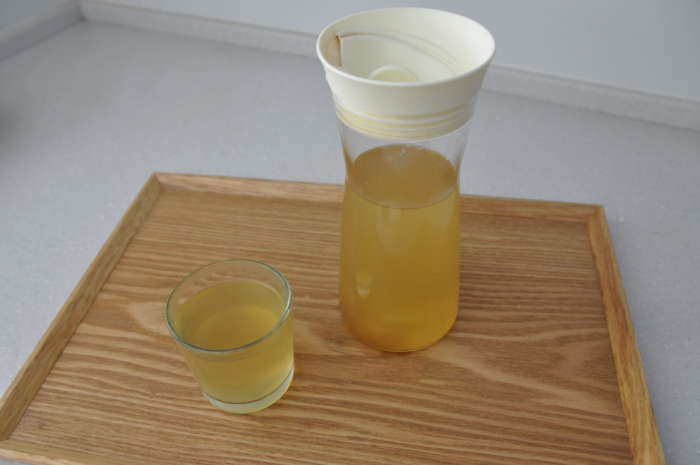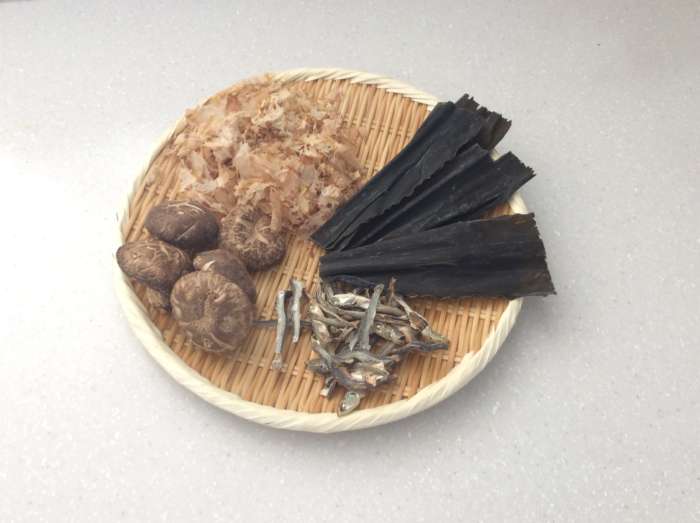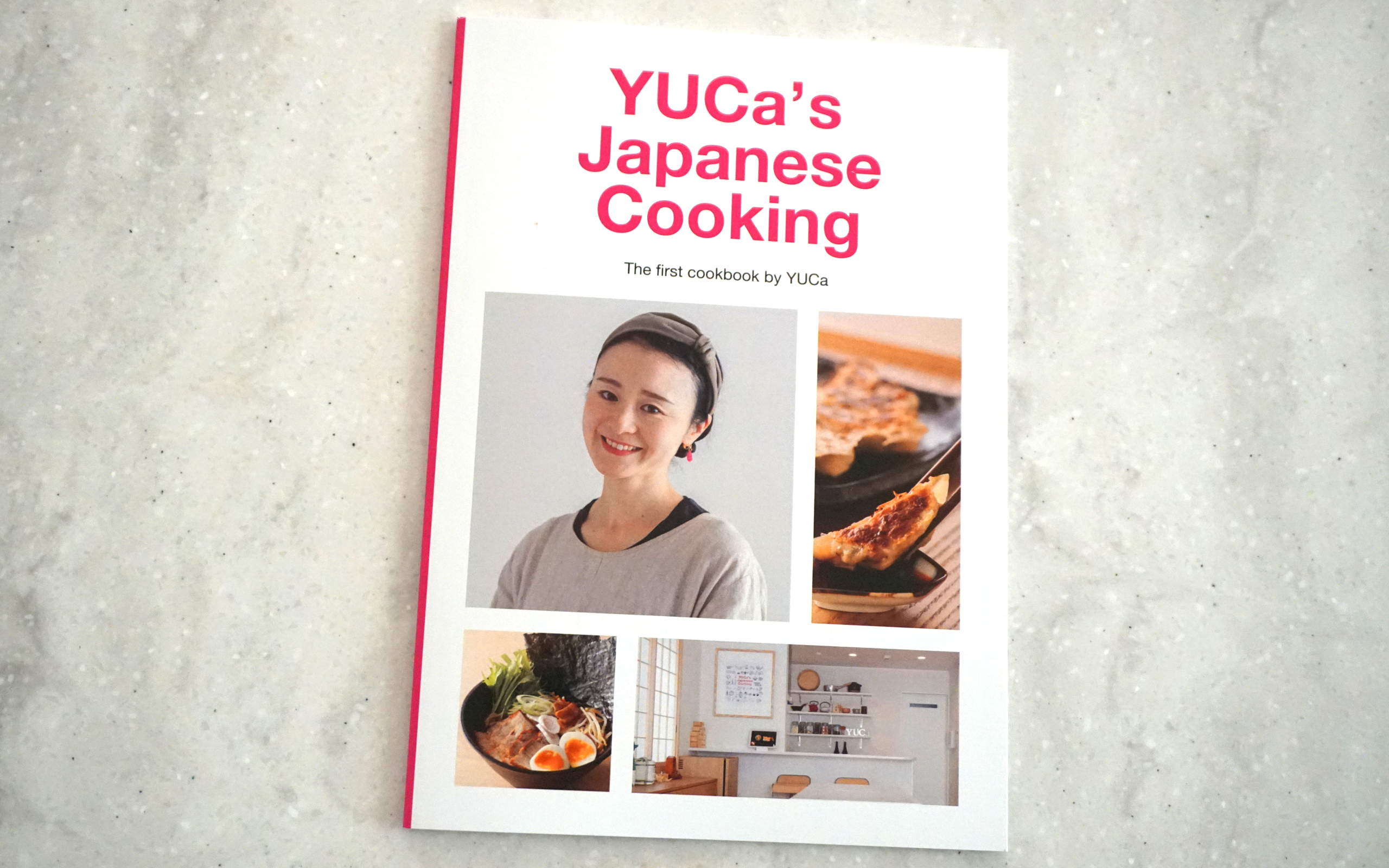Dashi (Japanese Soup Broth) だし
Dashi (だし) is the most important soup/broth to create the authentic Japanese palate. Umami-rich ingredients like kelp (Kombu), Bonito flakes, and dried sardines are all key ingredients of dashi.

The most basic dashi, Ichiman (number-one) dashi is made from kelp and bonito flakes. In parts of Japan, Niboshi (dried sardines) are used instead of bonito flakes. Fried shiitake mushrooms and scallop ligaments can also be used in dash, as can the head and bones of sea bream (tai no are dashi).
Vegetarian dash can be made from kelp, along with dried shiitake mushrooms or other dried vegetables such as gourd (kanpyo), daikon (kiriboshi daikon), or soybeans (daizu).
The main ingredients of Dashi

1. Kelp (Kombu 昆布) : The cold, mineral-rich waters surrounding Hokkaido provide 99.5% of the country’s kombu. Most kombu is sold in long strips. But it is also available in shavings (tor0ro or boor) to add to soup or sprinkle over the rice. Kombu can also be wrapped around was fish in a process called kobujime, which changes the fish’s texture and adds umami.
There are more than forty types of child and farmed kombu. The name of a specific variety of kombu often reflects where it was harvested. These are the five most popular:
Rishiri kombu (利尻昆布) : Harvested near Rishiri Island, this is an aromatic kombu that makes a clear broth, popular with chefs in Kyoto. It is considered a high-quality kombu and is often used in top restaurants.
Rausu Kombu (羅臼昆布) : This thick kombu has a stickiness to it, and a deep. Rich flavor that is slightly sweet. Also a high-quality kombu, it is the kombu that is used to make other shaved kombu products such as tororo and oboro.
Ma Kombu (真昆布) : Thick and rich in umami, slightly sweet, with an elegant flavor, this is also considered a top kombu.
Hidaka Kombu (日高昆布) : From the Hidaka region, this kombu is a popular variety used by busy home cooks because it quickly imparts its flavor when simmered in water. It is also reasonably priced and can be used as an ingredients for fish cake stew (oden), sea vegetables and seafood simmered in soy (Tsukudani) and other kombu dishes.
Naga Komnbu (長昆布) : A very long kombu (more than ten meters long), naga kombu is also used in dishes such as oden and Tsukudani. It is found only in the wild – not farmed- and is reasonably priced.
2. Bonito flakes (Katsuobuashi かつお節) : Dried and shaved bonito flakes, a key ingredients in dash, brings a smoky richness to the broth. It can be made from a variety of fish including yellowfin tuna, mackerel, and anchovies – each, of course, with its own flavor profile.
To make katsuobushi, the bonito is simmered and its bones are removed after which it is dried and smoked. Sometimes a mold that promotes fermentation is added to the bonito, other fish are processed in a similar fashion.
There are two major types of Katsuobushi:
Arabushi (荒節) : Light in flavor, this dried and smoked katsuobushi is the most popular type, especially in the Kyoto and Osaka region.
Karebushi (枯節) : A mold that promotes fermentation and imparts a stronger umami flavor is added to arabushi, resulting in this type of Katsuobushi, popular in the Tokyo region.
Different ways to shave fish flakes:
Atsu kezuri (厚削り) : Thick-cut shavings that make an intense dash, used in dishes that are simmered for a long time.
Hanakatsuo (花かつお) : Thinly shaved flakes used for making dash quickly
Hana kezuri (花削り) : Very thin shavings also used to make instant dashi
Ito kezuri (糸削り) : Thin strands often used as a garnish for tofu or vegetables
3. Dried Sardine (Niboshi 煮干し) : Small fish that are simmered in salty water and sun-feed before being used to make dash. Niboshi can be made from a variety of fish.
Popular types of Niboshi:
Katakuchi iwashi (片口鰯) : The most popular type of niboshi, made with anchovies; commonly used for making dash.
Ma iwashi (真鰯) : Made with pilchard, popular for soba or udon.
Urume iwashi (潤目鰯) : Low in fat, and odorless, this Iiboshi made with round herring makes a clear-colored dash popular in the Kyoto and Osaka region.
Tobiuo (飛魚) : Dashi made with the flying dish is slightly sweet and popular in the Nagasaki region.
Ma aji (真鯵) : Niboshi made with jack mackerel; results in a delicate and sweet dashi.
Tai (鯛) : Sea bream Iiboshi makes a delicate, elegant dash; found in dishes served at a Kaisei restaurant rather than at a neighborhood noodle shop.
4. Dried Shiitake (乾燥しいたけ) : It gives an earthy aroma, reminiscent of the forest floor, to dashi. It is particularly useful in vegetarian Shojin ryori .
Storage:
Those dried ingredients are available to keep in a dark and cool place for 6 months to 1 year.
Popular recipes that has Dashi:
– Miso soup with tofu and wakame
– Veggie Miso Soup
– Tonjiru
– Nasu Dengaku
– Daikon Dengaku Miso
and more…!
Memo :
1. Are you looking for Japanese kitchenwares and cooking tools etc? Visit YJC store on Amazon!
2. Would you like to cook many more recipes? Download Free recipe app from here! “Recipe by YJC”
* Reference of this article : Food Sake Tokyo (The Terroir Guides)









